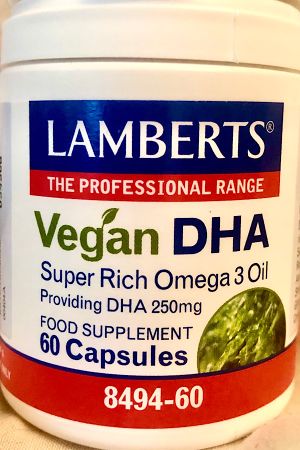Docosahexaenoic acid: Difference between revisions
From MEpedia, a crowd-sourced encyclopedia of ME and CFS science and history
Notjusttired (talk | contribs) m (Text replacement - "|url=http" to " | url = http") |
Notjusttired (talk | contribs) m (Text replacement - "|title=" to " | title = ") |
||
| Line 5: | Line 5: | ||
==Purpose== | ==Purpose== | ||
DHA increases the fluidity of cell membranes. | DHA increases the fluidity of cell membranes. | ||
acid.<ref name="pubchem">{{Cite web | url = https://pubchem.ncbi.nlm.nih.gov/compound/445580|title=Docosahexaenoic acid | last = PubChem|website=pubchem.ncbi.nlm.nih.gov|language=en|access-date=2021-03-05}}</ref> | acid.<ref name="pubchem">{{Cite web | url = https://pubchem.ncbi.nlm.nih.gov/compound/445580 | title = Docosahexaenoic acid | last = PubChem|website=pubchem.ncbi.nlm.nih.gov|language=en|access-date=2021-03-05}}</ref> | ||
==Sources== | ==Sources== | ||
Latest revision as of 21:25, October 17, 2022
This article is a stub. |
Docosahexaenoic acid or DHA is a very long chain polyunsaturated fatty acid found in fish oil and algae oil.[1] It is the most common omega 3 fatty acid in the brain and retina. It is a major structural component of grey matter.
Purpose[edit | edit source]
DHA increases the fluidity of cell membranes. acid.[1]
Sources[edit | edit source]
DHA may be obtained directly from fish consumption, fish oil, algae oil, or can be converted in small amounts from eicosapentaenoic acid.[1]
Evidence[edit | edit source]
ME/CFS[edit | edit source]
See also[edit | edit source]
Learn more[edit | edit source]
- Docosahexaenoic acid - PubChem
References[edit | edit source]
- ↑ 1.0 1.1 1.2 PubChem. "Docosahexaenoic acid". pubchem.ncbi.nlm.nih.gov. Retrieved March 5, 2021.


